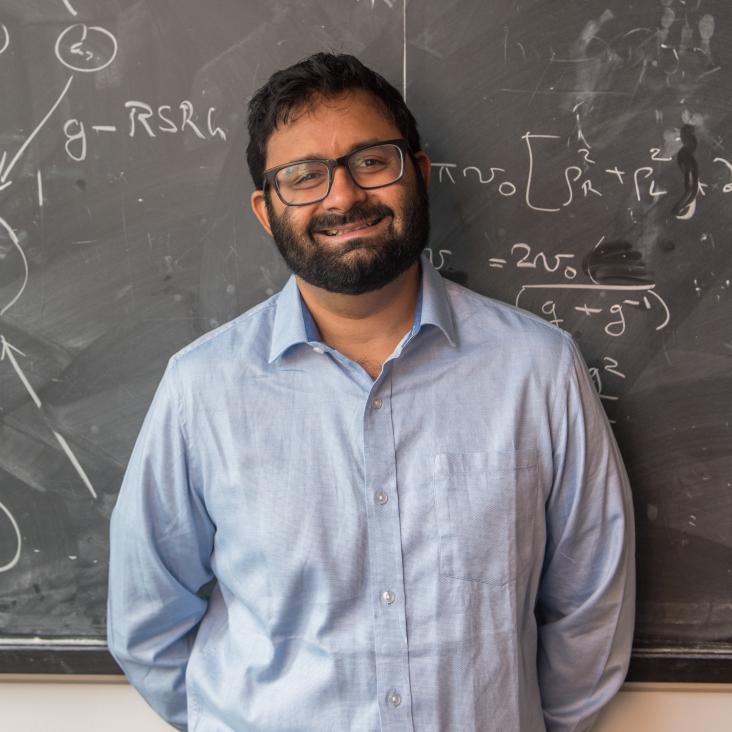Excitonic fractional quantum Hall hierarchy in Moiré heterostructures
(2020)
Quantum oscillations probe the Fermi surface topology of the nodal-line semimetal CaAgAs
Physical Review Research American Physical Society 2 (2020) 012055(R)
Abstract:
Nodal semimetals are a unique platform to explore topological signatures of the unusual band structure that can manifest by accumulating a nontrivial phase in quantum oscillations. Here we report a study of the de Haas–van Alphen oscillations of the candidate topological nodal line semimetal CaAgAs using torque measurements in magnetic fields up to 45 T. Our results are compared with calculations for a toroidal Fermi surface originating from the nodal ring. We find evidence of a nontrivial π phase shift only in one of the oscillatory frequencies. We interpret this as a Berry phase arising from the semiclassical electronic Landau orbit which links with the nodal ring when the magnetic field lies in the mirror (ab) plane. Furthermore, additional Berry phase accumulates while rotating the magnetic field for the second orbit in the same orientation which does not link with the nodal ring. These effects are expected in CaAgAs due to the lack of inversion symmetry. Our study experimentally demonstrates that CaAgAs is an ideal platform for exploring the physics of nodal line semimetals and our approach can be extended to other materials in which trivial and nontrivial oscillations are present.'Unhinging' the surfaces of higher-order topological insulators and superconductors
Physical Review Letters American Physical Society 124 (2020) 046801
Classical dimers on penrose tilings
Physical Review X American Physical Society 10 (2020) 011005
Quantum oscillations probe the Fermi surface topology of the nodal-line semimetal CaAgAs
(2020)


